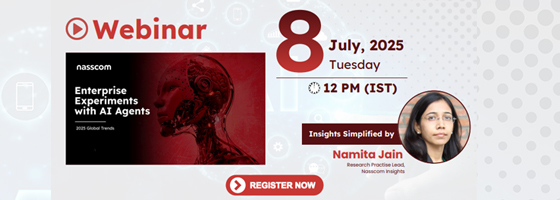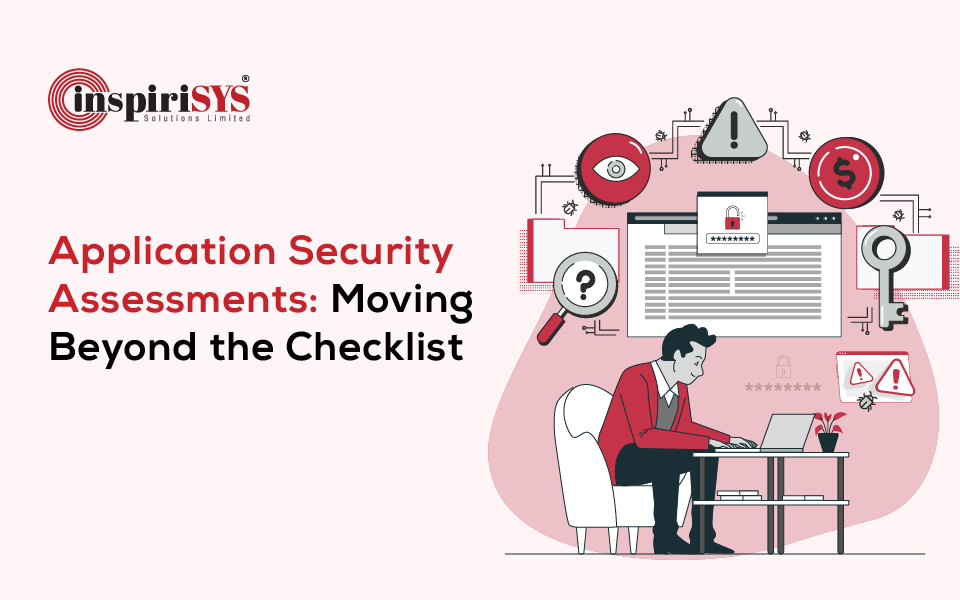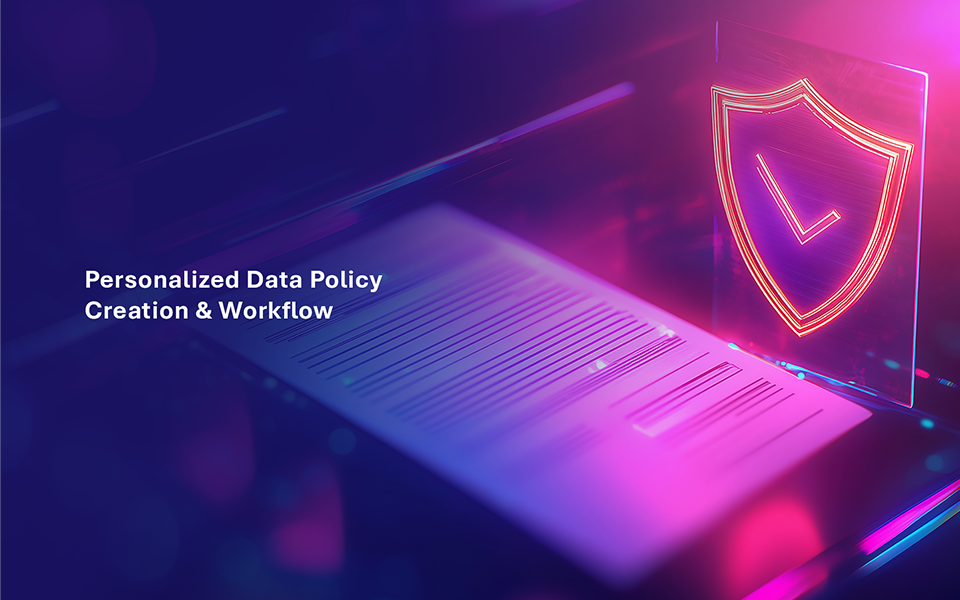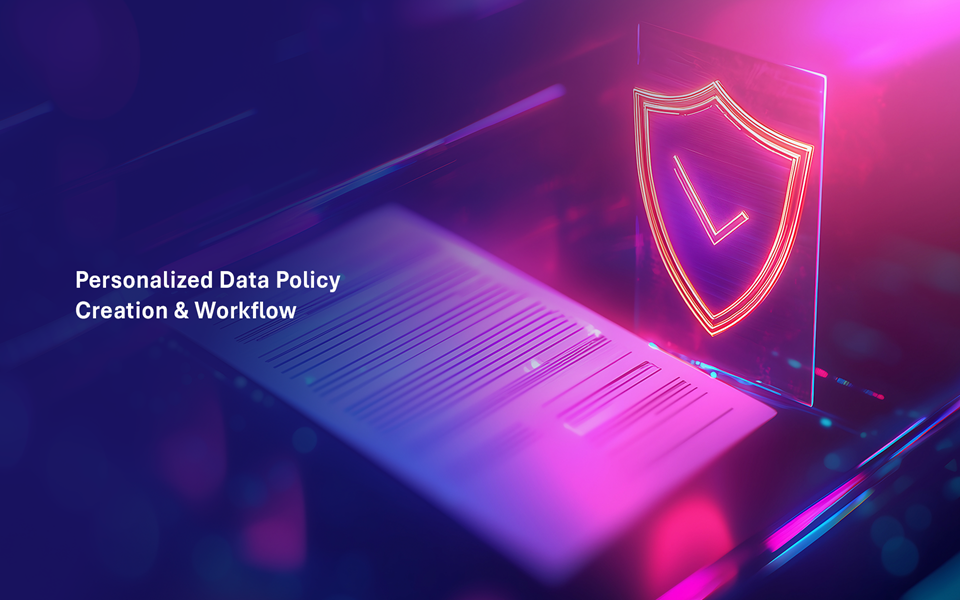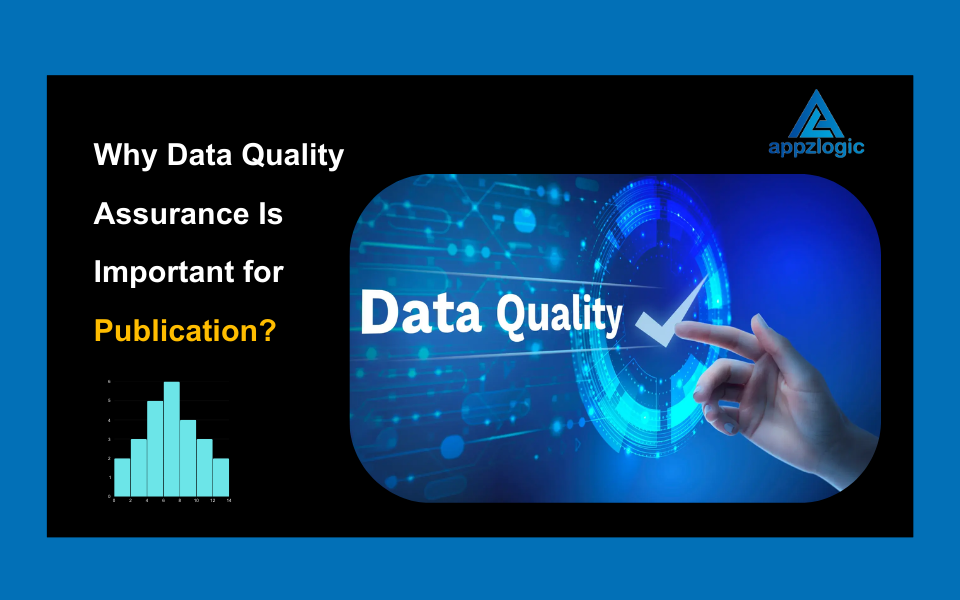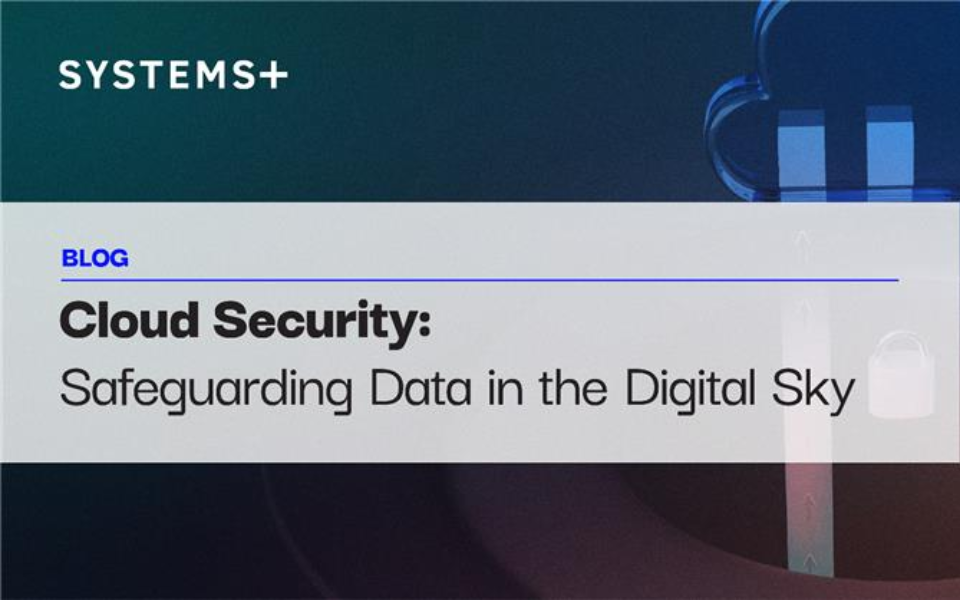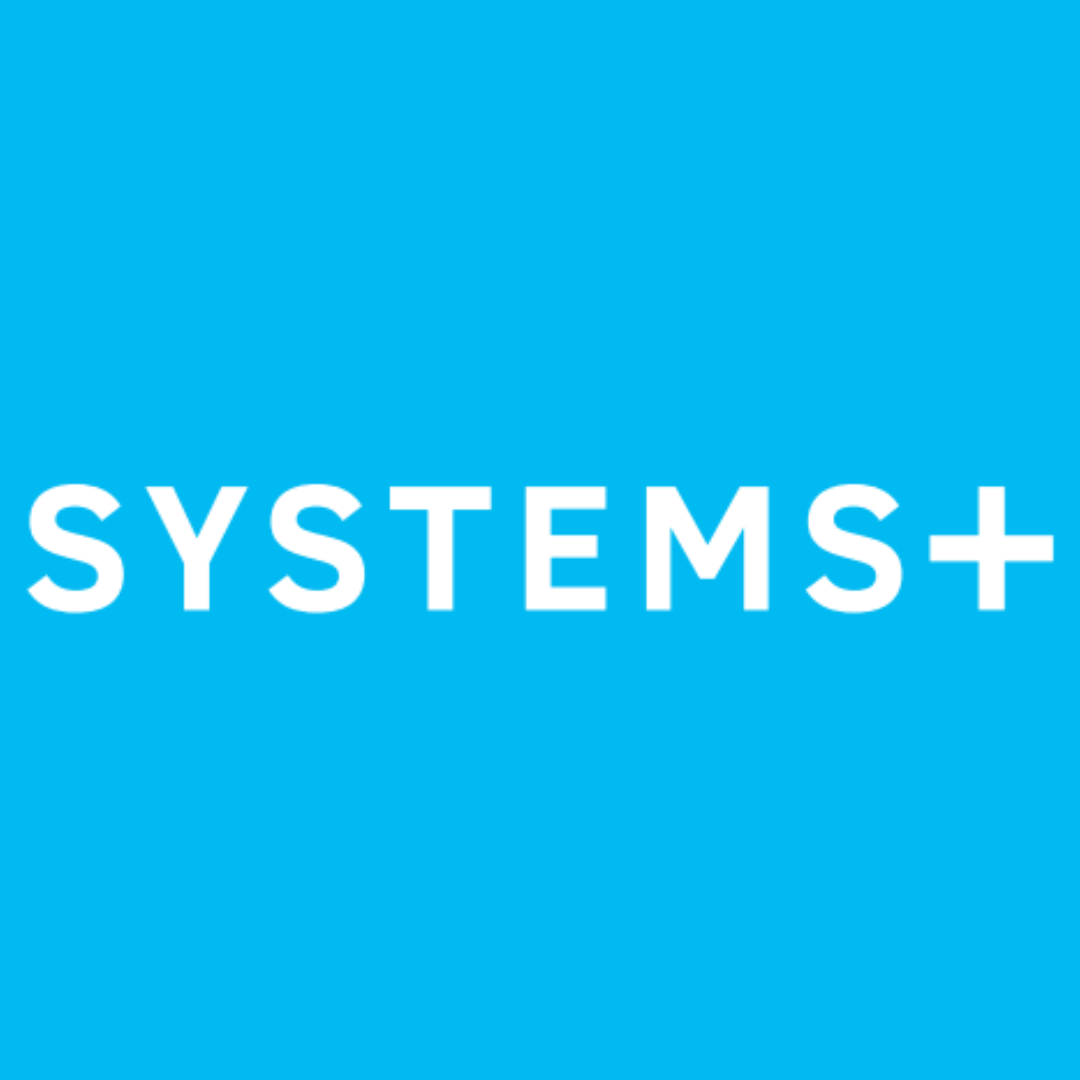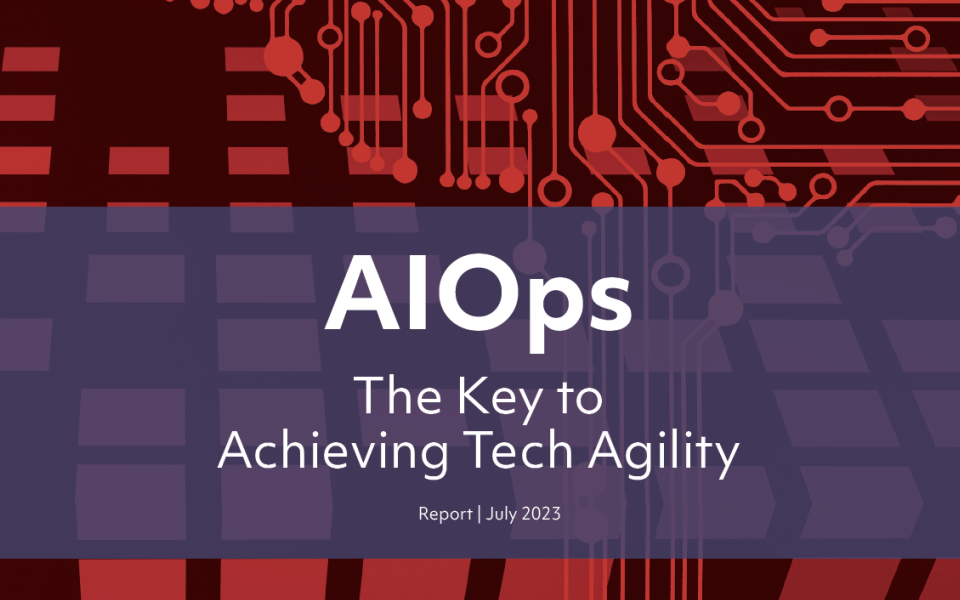Application security is under the spotlight as cyber threats grow in scale and complexity. With 25% of data breaches linked to insecure applications, protecting the apps is a must. Security testing and tool sprawl are becoming everyday challenges for teams navigating modern development environments.
To tackle these issues head-on, organizations are turning to structured security assessments as a foundational step. This blog unpacks everything you need to know about application security assessments—why they matter, how to perform them right, and how Application Security Posture Management (ASPM) is redefining the way we think about AppSec at scale.
What is Application Security Assessment?
An Application Security Assessment is a structured process used to examine an application for security weaknesses and vulnerabilities. It involves a detailed evaluation of the application’s architecture, source code, configurations, and third-party components to identify areas where security controls may be lacking or misconfigured.
The goal is to understand the application’s current security state by identifying gaps that could be exploited by attackers. Assessments are typically conducted at various stages of the development cycle and may also involve reviewing access controls, authentication mechanisms, and data handling practices to ensure the application is built and maintained with secure principles in mind.
Why are Application Security Assessments Important?
Application security assessments play a vital role in strengthening an organization’s overall cybersecurity framework. They provide critical visibility into potential weaknesses, helping teams stay ahead of evolving threats. Here’s why they matter:
-
Mitigating Risks: Applications are frequent targets for attackers, often serving as easy entry points. Regular assessments help uncover vulnerabilities early before they’re exploited.
-
Meeting Compliance Requirements: Regulatory frameworks are designed to enforce baseline security standards across industries. Application security assessments are a key requirement in these regulations, ensuring that sensitive data is protected and systems are resilient against threats.
-
Strengthening Incident Response: Early identification of vulnerabilities helps teams prepare targeted incident response plans and streamline patch management. This leads to faster detection and containment during a breach. Without it, responses are delayed, increasing the impact and recovery time.
5 Key Steps in an Application Security Assessment
Securing applications requires a structured and thoughtful approach. From uncovering potential threats to understanding what needs protection, each phase plays a role in shaping the overall security posture.
Let’s take a look at the five key steps that guide this process.
1. Identify Potential Threat Actors
The first step in an application security assessment is to analyze potential threat actors. Each type of actor has different motivations and methods of exploitation, making it essential to understand who poses the greatest risk. This clarity helps assess the nature and scope of potential threats, laying the foundation for developing targeted and effective defense strategies.
2. Determine Critical Data Assets
The next step is to identify and classify critical data assets. This includes sensitive information collected, processed, or stored by the application—such as personal data, financial records, or login credentials. Referencing applicable data privacy regulations helps determine what qualifies as sensitive and ensures the application meets industry-specific compliance and security requirements.
3. Map Components and Exposure Points
Modern applications, especially those built in cloud-native environments, consist of multiple interconnected components. Each of these elements can introduce potential vulnerabilities and must be regularly examined for security risks. Gaining a clear understanding of all these components is essential for accurately mapping the application’s attack surface and highlighting areas that require remediation.
4. Evaluate AppSec Process Efficiency
After uncovering application risks, it’s important to examine the underlying causes by evaluating the current application security (AppSec) processes. Often, security and development teams work in silos, creating a disconnect between secure coding and rapid delivery. Adopting a DevSecOps approach helps align both functions and enables the delivery of secure applications without slowing down progress.
5. Develop a Strategic Security Roadmap
After analyzing potential threat actors, the next step is to create a security roadmap. This roadmap outlines how to address weaknesses in the application security process and implement necessary improvements. Incorporating modern tools and approaches can help teams build secure applications from the ground up with greater efficiency.
Common Myths in Application Security Assessment
Application security assessments are often misunderstood, leading to overlooked risks and reduced protection. Here are two common misconceptions that can impact the security posture of an application:
1. The Risk of Delayed Application Security Testing
Application security assessments are often misunderstood as final-stage certifications instead of continuous practices integrated into the development lifecycle. This reactive approach delays vulnerability detection, leading to time-consuming remediation efforts.
To effectively manage application security risks, assessments must be integrated throughout the software development lifecycle (SDLC). Early-stage testing and continuous vulnerability scanning help teams identify and fix issues as they arise, supporting secure software development without disrupting velocity.
2. Third-Party Code Risks
Many enterprises mistakenly assume that third-party software is secure by default, relying solely on vendor assurances without independent validation. This trust-based approach can introduce significant blind spots into the application’s security posture. Every component must be assessed for vulnerabilities, even when source code is unavailable.
To address this, organizations need robust application security tools capable of continuously testing across the SDLC regardless of its origin, visibility, or packaging.
Effective Strategies for Application Security Testing
When thoughtfully integrated, application security testing strengthens software resilience without disrupting development speed. The following practices outline how to enhance the effectiveness of security testing while maintaining agility and ensuring high code quality.
1. Start Security Early in Development
Introduce security at the early stages of the Software Development Lifecycle (SDLC) to identify vulnerabilities proactively. A well-integrated and automated approach ensures efficient detection while minimizing alert fatigue and preserving development velocity.
2. Continuous Security with Automation
By embedding automated vulnerability scans into the CI/CD pipeline, teams can perform continuous assessments without disrupting workflow. This approach reduces manual effort, ensures real-time detection, and improves consistency across testing processes.
3. Risk-Based Vulnerability Management
Not all vulnerabilities pose the same level of risk, and attempting to resolve every issue equally can strain resources and delay critical fixes. Adopting a risk-based approach to vulnerability management allows security teams to evaluate threats based on factors such as exploitability, potential business impact, and data sensitivity.
Conclusion
In today’s complex and fast-paced development environments, application security demands more than one-time assessments. As software architectures evolve with increased use of APIs, microservices, and third-party integrations, the potential attack surface expands significantly. Staying is necessary to reduce exposure to vulnerabilities that can surface at any point in the development lifecycle. Security assessments must evolve to match the speed and complexity of modern development workflows without disrupting delivery timelines or innovation.
As applications scale and the SDLC becomes more iterative, organizations must maintain a continuous focus on identifying, prioritizing, and addressing risks wherever they arise. Keeping security objectives aligned with development goals ensures that protection measures remain effective and relevant, even as the threat landscape shifts. This alignment is key to sustaining resilience and safeguarding applications in real-world production environments.

